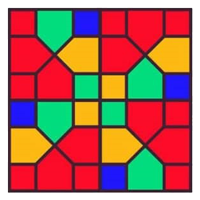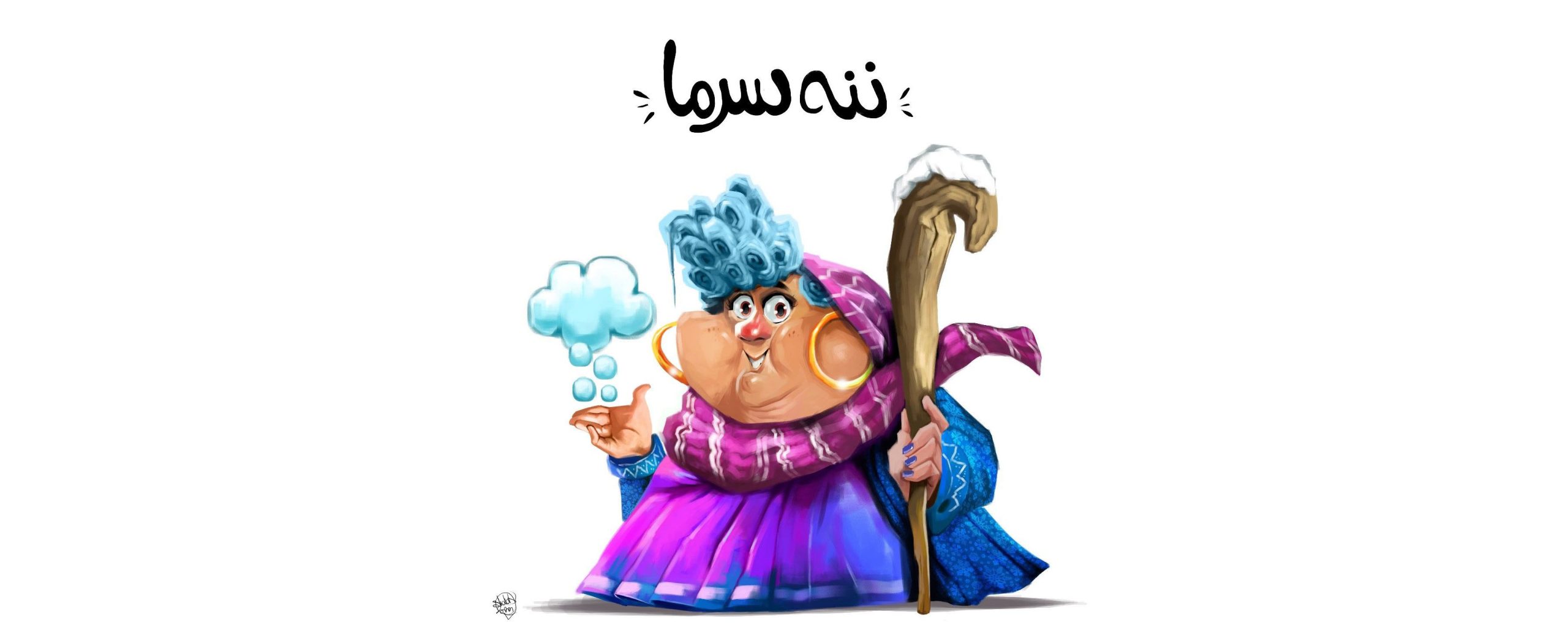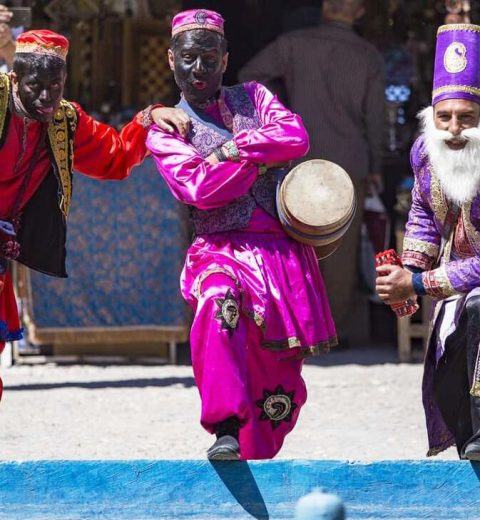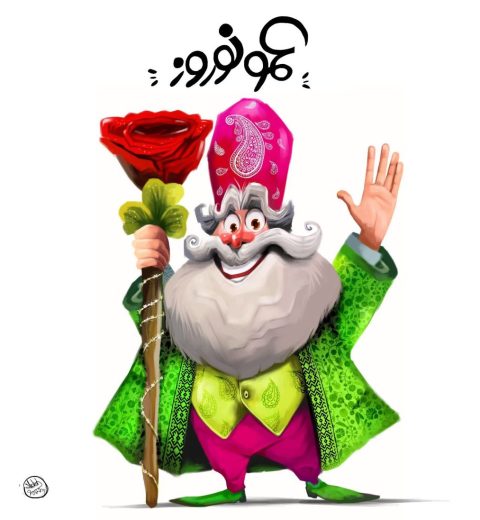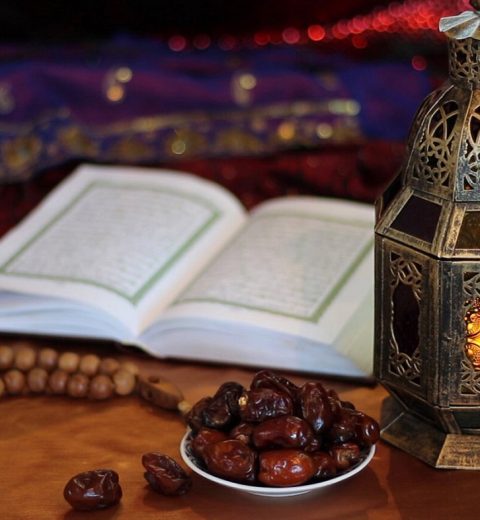Nane Sarma or “Grandma Cold” is a mythical and folkloric figure in Iranian culture, symbolizing winter and cold. She is often portrayed as the counterpart to Amu Nowruz, the symbol of spring and renewal. Her story has deep roots in ancient Persian mythology and oral traditions.
The Tale of Nane Sarma and Amu Nowruz
The story of Amu Nowruz and Nane Sarma is one of the ancient and symbolic legends of “the transition from the old year to the new year.” This story has its roots in Zoroastrianism. According to popular folklore, she is an old woman who rules over the land during winter. Every year, she eagerly waits for Amoo Nowruz to arrive. In one well-known tale, on the night before Nowruz, she cleans her house and prepares to welcome him. However, she grows tired and falls asleep. When Amu Nowruz arrives, he sees her asleep and, not wanting to wake her, silently leaves. This cycle repeats every year, and Nane Sarma never gets to meet Amu Nowruz.
In Folk Beliefs
Nowruz, Newruz or Nooruz, is a Persian new year that is celebrated in Iran and coincides with the Spring Equinox. Nane Sarma is a symbol of cold, winter, and the passing of time. While she represents the hardships of the cold season, she also embodies hope and anticipation for the arrival of spring. Her character appears in many folk stories and poems, and similar figures can be found in other cultures, such as “Father Frost” in Europe or “Mother Winter” in some Asian traditions.
Nane Sarma is one of the most beautiful and significant mythical figures in Iranian folklore, representing the cycle of nature and the changing seasons. Alongside Amu Nowruz, she forms an important part of Iran’s cultural identity, remaining alive in the stories and traditions of the people to this day.
